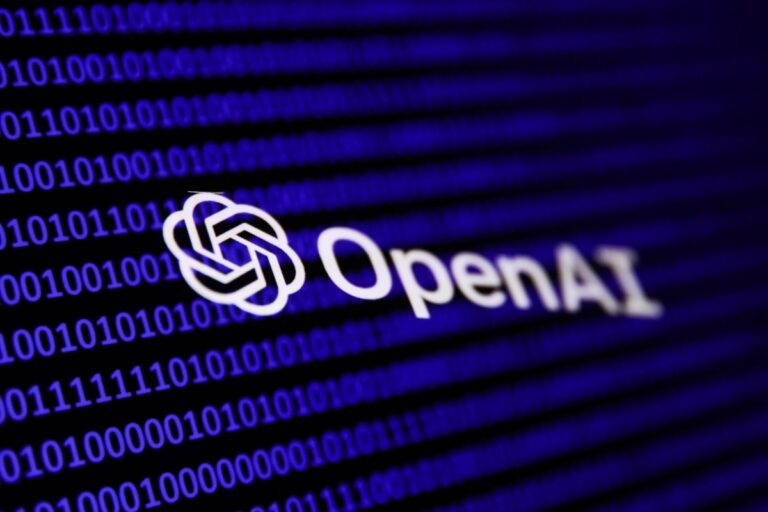Unlocking the Power of AI: Discover the Hottest Models, Their Functions, and How to Harness Them
As the landscape of artificial intelligence (AI) continues to evolve rapidly, new AI models are being introduced at an unprecedented rate. From tech giants like Google to innovative startups such as OpenAI and Anthropic, the sheer number of AI models available can be daunting. This article aims to provide a comprehensive overview of the most advanced AI models released since 2024, detailing how to utilize them and their optimal applications.
Why Keeping Track of AI Models is Challenging
The fast-paced development of AI models often leads to confusion, particularly since these technologies are frequently marketed using complex technical benchmarks. Unfortunately, such metrics can obscure how effectively these models serve real-world users and companies.
Latest AI Models Released in 2025
Cohere’s Aya Vision
Cohere has introduced a cutting-edge multimodal model known as Aya Vision. This model excels in tasks like image captioning and providing answers to questions about photos. Notably, Aya Vision performs well in multiple languages, making it more versatile than many competitors. Users can access Aya Vision for free via WhatsApp.
OpenAI’s GPT 4.5 “Orion”
OpenAI’s latest iteration, GPT 4.5 “Orion”, is touted as their largest model yet, known for its impressive “world knowledge” and “emotional intelligence.” Despite its strengths, Orion has been found to underperform on certain benchmarks compared to newer alternatives. This model is available to subscribers of OpenAI’s $200-per-month plan.
Claude Sonnet 3.7 by Anthropic
Claude Sonnet 3.7 is heralded as the first “hybrid” reasoning model in the industry, capable of delivering quick responses while also engaging in deeper analysis when required. Users can control the duration of its reasoning, and the model is accessible to all Claude users, with a Pro plan available for $20 per month for those who require heavier usage.
xAI’s Grok 3
The latest model from xAI, founded by Elon Musk, is Grok 3. This model claims to surpass its competitors in mathematics, science, and coding capabilities. Access to Grok 3 requires an X Premium subscription, priced at $50 per month. After concerns about Grok 2’s political bias, Musk has promised to enhance Grok’s neutrality.
OpenAI o3-mini
OpenAI o3-mini is optimized for STEM-related tasks, including coding, math, and science. While not the most powerful model, its smaller size offers a lower cost option. The model is available for free, but heavy users may need a subscription for additional usage.
OpenAI Deep Research
This model is designed for in-depth research with clear citations, suitable for a variety of topics, from scientific inquiries to shopping research. However, users should be cautious, as hallucinations can occur. Access to Deep Research requires a $200-per-month Pro subscription.
Mistral Le Chat
Le Chat is Mistral’s app-based multimodal AI personal assistant, boasting faster response times than other chatbots. A premium version includes real-time journalism updates. Although tests indicate impressive performance, it has been noted to make more errors compared to ChatGPT.
OpenAI Operator
Operator acts as a personal intern, capable of completing tasks independently, such as grocery shopping. This model also requires a $200-per-month ChatGPT Pro subscription and remains experimental, with some users reporting unexpected decisions made by the AI.
Google Gemini 2.0 Pro Experimental
Google’s Gemini 2.0 Pro Experimental is designed for coding and general knowledge comprehension, featuring an extensive context window of 2 million tokens for processing large text volumes. Access requires a basic Google One AI Premium subscription, starting at $19.99 per month.
AI Models Released in 2024
DeepSeek R1
This Chinese AI model, DeepSeek R1, has gained attention for its strong performance in coding and mathematics. Its open-source nature allows anyone to run it locally for free. However, it does incorporate Chinese government censorship, raising privacy concerns.
Gemini Deep Research
Gemini Deep Research simplifies Google’s search results into well-cited documents, beneficial for students and quick research needs. However, the quality of summaries may not match that of peer-reviewed papers, and it requires a $19.99 Google One AI Premium subscription.
Meta Llama 3.3 70B
The newest iteration of Meta’s open-source models, Llama 3.3 70B, is touted as efficient and cost-effective, excelling in areas like math and general knowledge. This model is available for free and open-source access.
OpenAI Sora
Sora is capable of generating realistic videos based on text input. While it can create entire scenes, OpenAI acknowledges that it sometimes produces unrealistic physics. Currently, Sora is accessible through paid versions of ChatGPT.
Alibaba Qwen QwQ-32B-Preview
This model competes with OpenAI’s offerings in industry benchmarks, particularly in math and coding. However, it has room for improvement in common-sense reasoning and incorporates Chinese government censorship. It is available for free and open-source.
Anthropic’s Computer Use
Claude’s Computer Use is designed to automate tasks such as coding and booking travel arrangements. Currently in beta, pricing is based on API usage.
xAI’s Grok 2
The enhanced version of Grok 2 claims to be three times faster. Free users face limitations on their inquiries, while premium subscribers enjoy expanded access. xAI also introduced Aurora, an image generator that creates highly realistic images, including potentially graphic content.
OpenAI o1
The o1 family aims to enhance response accuracy through a hidden reasoning feature, excelling in coding, math, and safety. However, it has faced challenges in avoiding deceptive outputs. Access to o1 requires a ChatGPT Plus subscription.
Anthropic’s Claude Sonnet 3.5
Claude Sonnet 3.5 is regarded as a top-tier model, particularly for coding tasks. While it can be accessed for free, heavy users will need a $20 monthly Pro subscription.
OpenAI GPT 4o-mini
OpenAI’s GPT 4o-mini is praised for being affordable and fast, designed for a variety of tasks, including customer service chatbots. It is available under ChatGPT’s free tier.
Cohere Command R+
Cohere’s Command R+ model specializes in complex retrieval-augmented generation (RAG) tasks, making it adept at finding and citing specific information. However, it does not entirely resolve the AI’s hallucination issue.
For more insights on AI models and their applications, visit our AI Resources page. Stay updated on the latest advancements in AI technology!







